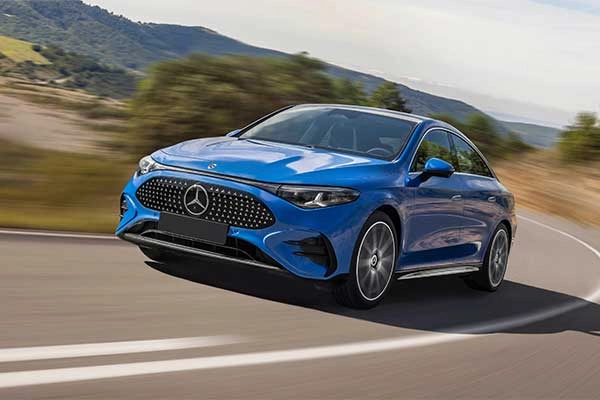All three business units generated a free cash flow of �1.9b (vs �1.6b in Q2 2024) and �4.2b in H1 2025 (vs �3.9b in H1 2024).
Mercedes-Benz Cars, which sold 453,700 cars in the second quarter, achieved a EBIT margin of 5.1% in Q2 and 6.2% in H1 2025.
Mercedes-Benz Vans achieved EBIT margin of 10.4% and 11.0% in H1 while Mercedes-Benz Mobility achieved a RoE of 8.9% in Q2 and 8.8% in H1.

Mercedes-Benz Group AG said it achieved robust financial results in the second quarter, with all three business units generating a free cash flow of �1.9 billion (vs �1.6 billion in Q2 2024) and �4.2 billion in the first six months (vs �3.9 billion in H1 2024).
The German brands Mercedes-Benz Cars, which sold 453,700 cars (-9%) in the second quarter, achieved a robust adjusted Earnings Before Interest and Taxes (EBIT) margin of 5.1% in Q2 and 6.2% in the first half.
In the second quarter, Mercedes-Benz Vans achieved a healthy adjusted EBIT margin of 10.4% and 11.0% in the first half while Mercedes-Benz Mobility achieved a robust adjusted return on equity (RoE) of 8.9% in the second quarter and 8.8% in the first half.
We achieved robust financial results in the second quarter given the dynamic business environment, said Ola Kaellenius, Chief Executive Officer of Mercedes-Benz Group AG. The best response is to stay on course to deliver desirable and intelligent products, while keeping a tight grip on costs, he adds.
Mercedes-Benz Cars sold 453,700 cars (-9%) in the second quarter, with Top-End Vehicles accounting for 14.3% of overall sales, driven by strong demand for Mercedes-AMG vehicles (+19%) and the G-Class (+56%) while demand for plug-in hybrid vehicles (PHEV) increased by +34% during this period.
In the Q2 2025, Mercedes-Benz Vans sold 93,400 units (-10%), with sales of electric Vans increasing by 32% (vs Q2 2024), which was led by the order of 5,000 electric vans by Amazon the largest single order of eVans ever.




